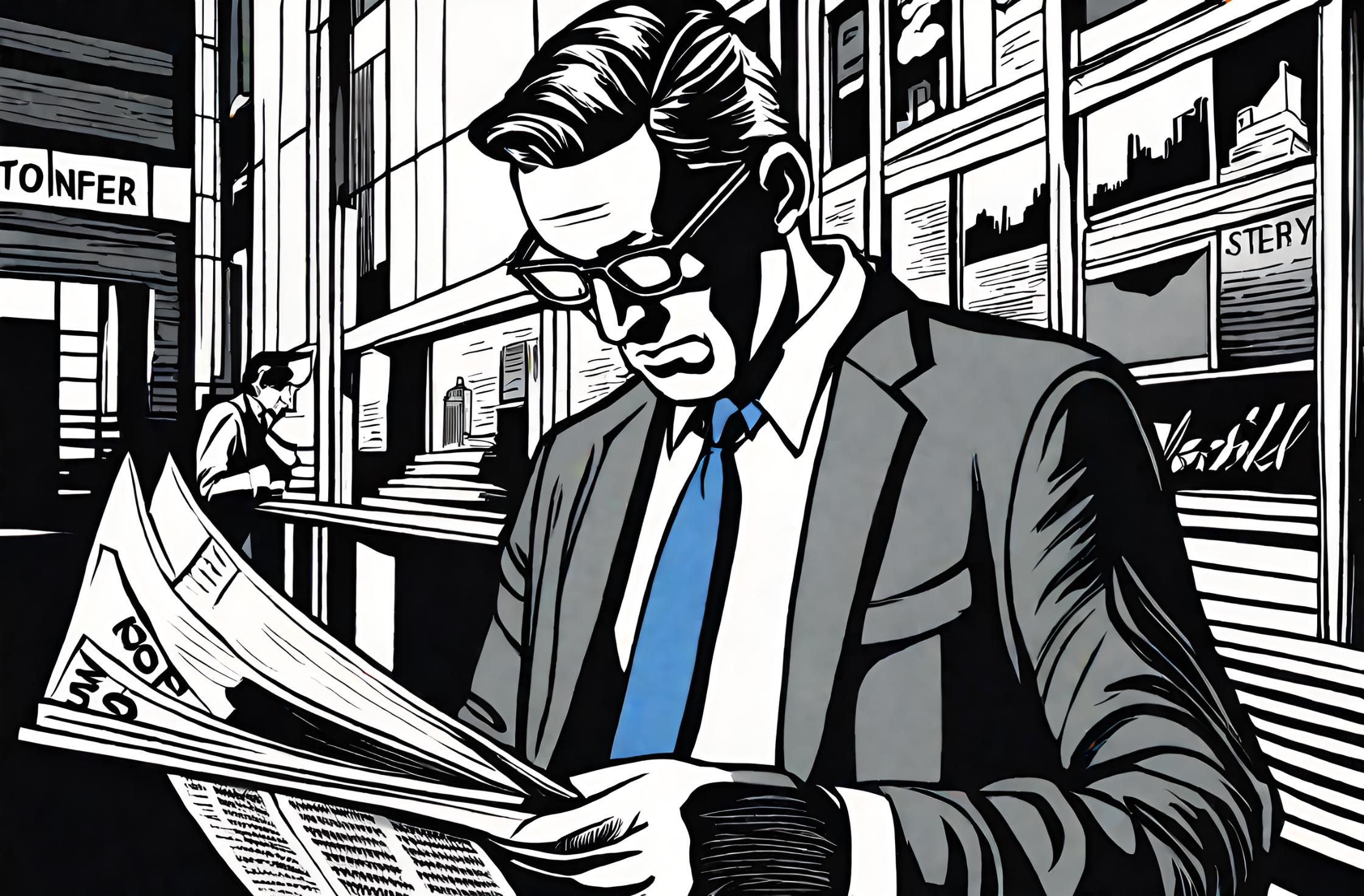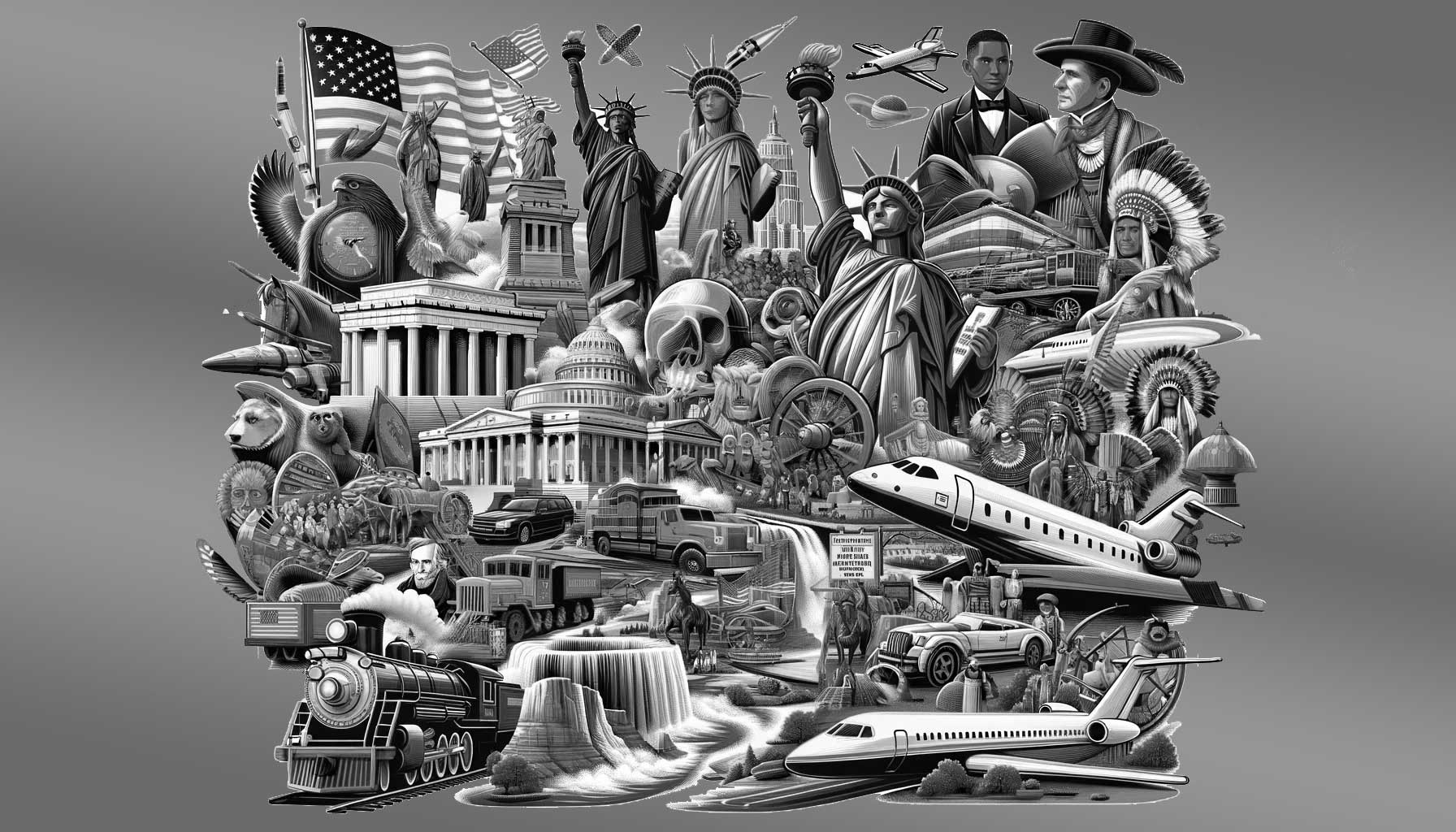Flashback to October 29
American History

Black Tuesday, one of the most significant phenomenons in economic history, took place on October 29, 1929. A catastrophic global event, it set the stage for The Great Depression. This seismic financial catastrophe is a testament to the inherent volatility in stock markets.
Although human civilization has made consistent strides in the field of economics, the economic calamity that occurred on Black Tuesday continues to fuel intriguing discussions. It’s a testament to the notion that unchecked optimism, when it’s not grounded in realistic foundations, can lead to devastating repercussions.
On that fateful day in 1929, the New York Stock Exchange saw the most devastating stock market crash in the history of the United States. An astronomical number of shares changed hands in just a few hours, eradicating fortunes, wreaking havoc on the global economy, and marking the onset of a decade-long Great Depression.
The origin of Black Tuesday dates back to the roaring 20s, a time of unprecedented economic explosion in the United States. Buoyed by widespread optimism and new-age inventions, the period ushered in an epoch of material and cultural prosperity. It emboldened many Americans to invest extensively in the burgeoning stock market. The market surged, leading to what economists now recognize as an unsustainable “economic bubble.”
However, on Black Tuesday, this buoyant bubble tragically burst. Echoes of financial despair resonated when the Wall Street bell signaled the start of trading on October 29, 1929. A pandemonium ensued, a staggering 16 million shares were traded, and the market lost billions of dollars.
The aftermath of Black Tuesday was calamitous. Prominent investors lost their fortunes overnight, banks failed, unemployment skyrocketed, and the world sank into an unprecedented economic depression. Despite subsequent government intervention and reform measures, recovery proved a Herculean task, and it took over a decade for the world to regain economic vitality.
The reality of Black Tuesday and the resultant Great Depression serve as stark reminders of the perils of economic imprudence. Investors, financial institutions, and policymakers worldwide have assimilated lessons from this economic disaster. These lessons have shaped stringent regulatory measures, prudent financial norms, and global mechanisms to prevent a recurrence of such a calamitous event.
However, the resonance of Black Tuesday in the global financial consciousness has lost none of its potency. It continues to be referenced frequently in contemporary discussions on finance and economics. The memory of Black Tuesday sparks caution in investors, warning them about the dangers of over-speculation, encouraging a risk-mitigated path.
To study Black Tuesday is to appreciate the tumultuous ebb and flow of global markets, to discern the delicate interplay between human psychology and finance, and to develop a deeper understanding of economic history. Despite the gloom that surrounds its memory, the lessons derived from Black Tuesday have undeniably crafted a more robust and resilient global economic framework.
In the annals of economic history, Black Tuesday is an indelible mark. Its black ink spills over into our current era, reminding the world that unchecked market optimism, coupled with unregulated financial activities, can lead to disastrous consequences.
Over nine decades after Black Tuesday, the event still serves as a grim reminder of the harsh reality of market forces and the inevitable carnage that can ensue when optimism gives way to blind speculation.
The repercussions of Black Tuesday were far-reaching, dinning lessons of caution, regulation, and vigilance into the global financial psyche. Its echoes, though dimmed by time, are still capable of resonating in the halls of economic discourse, reminding every participant of the volatile dance between optimism, speculation, and ground reality in the financial world.
Black Tuesday. The most tremendous financial disaster in the history of the United States serves as a profound lesson — a lesson in prudence, a lesson in caution, and a lesson in the sheer power of market forces.
We strive for accuracy. If you see something that doesn't look right, click here to contact us!
Sponsored Content

Black Tuesday – The…
"Experience the harrowing events…

George B McClellan Union…
Honoring George B McClellan,…

Severe earthquake in New…
"Experiencing the severe New…

Mt. Hood is named…
On October 29, 1792,…

National Organization of Women…
Celebrating its foundation on…

Car maker John DeLorean…
"John DeLorean, famed car…

